Parting Ways with Plastic: How Paper is Replacing Plastic In The Packaging Industry
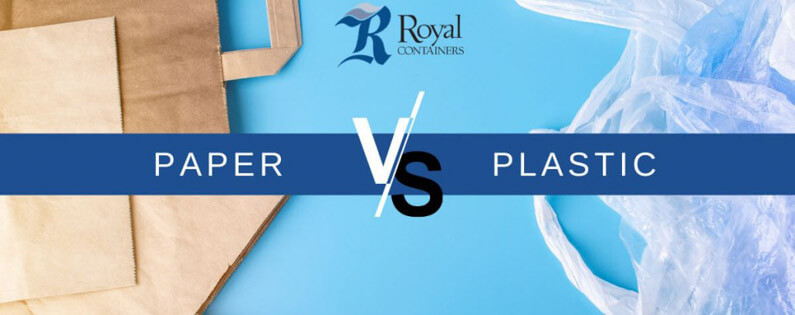
We may be decades past an era where a delivery man delivered milk and bread in refillable containers, but households fed the 1950s family in a dramatically more sustainable manner than today. Presently, consumers want a variety of fresh, sealed goods that are easy to take away. It’s an era of convenience.
In recent years, plastic has become the go-to material to display, serve, and transport – it houses everything from a single piece of gum to a compartmentalized tossed salad, with a separate space for each ingredient. The problem is that the container lives an exponentially longer life than the meal.
The prevalence of plastic packaging goes well beyond the grocery market. It is estimated that Canadians throw away 3 million tonnes of plastic waste, only 9% of which is recycled, per year. This means that most plastics end up in landfills and about 29,000 tonnes make their way into our natural environment.
The Canadian government has taken some action to protect the environment and to reduce plastic consumption in the country. The Trudeau government announced a federal ban on single-use plastic products, with regulations to be finalized by the end of 2021. Companies are also incentivized to initiate green initiatives both financially and for a chance to connect with Canadian consumers. A 2019 Responsible Investment Association survey shows 82% of respondents believe that companies in their portfolios should be reducing plastic waste. Industries need to pivot to address environmental concerns.
Designs That Dare
Some notable companies have taken it upon themselves to rethink their packaging with a sustainability lens. Gillette, arguably the most recognized razor company, has cut plastic from their traditional vacuum-sealed plastic packaging in place of a cardboard alternative.
The fully recyclable packs, made with responsibly sourced paper and recycled materials, are expected to reduce plastic waste by around 66 tonnes a year. It is a move that makes the P&G-owned brand more appealing to consumers and investors in a world which can no longer turn a blind eye to the floating plastic islands growing in our oceans.
In fact, Gillette surveyed buyers and learned that recyclable packaging was one of the most important factors when deciding to buy a bathroom product. Almost 70% of respondents admitted that they would be more interested in buying a product if it was housed in sustainable materials.” ARTICLE: Gillette cuts plastic packaging from razors in favour of cardboard

One of the biggest offenders for single use-plastic is water bottles. Ontarians put a staggering estimated 1 billion bottles in landfills and the environment each year. This problem is seen on a global scale and it continues to disrupt wildlife, our oceans, and overcrowded landfills.
Boxed water bottles may help correct the situation. Boxed Water is Better is just one company offering a better choice to consumers. Their 100 percent recyclable box is 75 percent paper.
Packaging accounts for nearly 50% of our plastic consumption in Canada. Thanks to the movement towards paper products caused by individual paradigm shifts, big government, and large corporations, we have a chance to look at our packaging differently. Paper-based products can decompose and be recycled much easier than its predecessor. This protects our wildlife, water ecosystems, and air quality overall.
At Royal Containers we are ready for this shift. It is an exciting time to support, develop and modernize alongside our innovative plastics customers. Paper-based products promise to play a role in the consumer push toward regenerative and circular products, and Royal intends on being there every step of the way!
Learn more about how our corrugated products support sustainability.


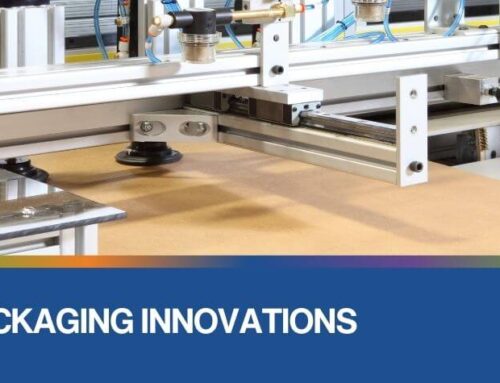
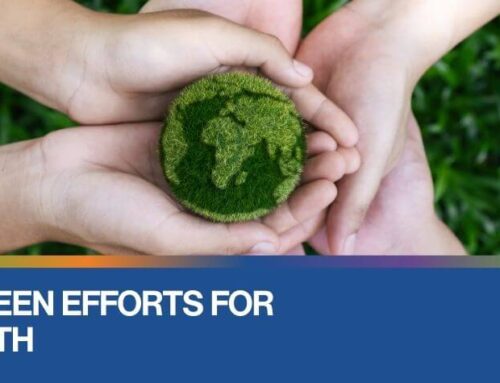
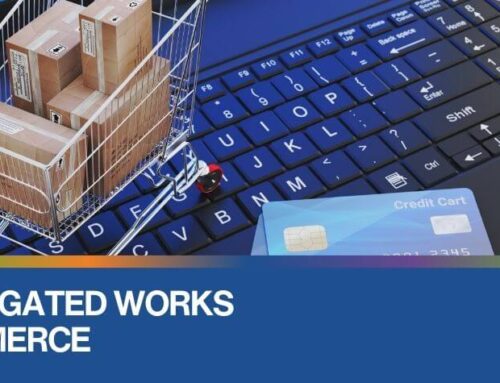
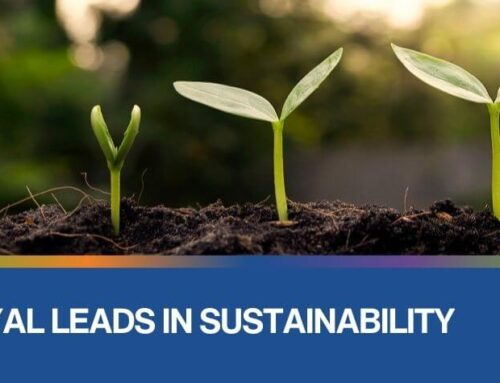
Congratulations to President Kim Nelson and the associates at Royal Containers for designing paper-based packaging applications that replace plastic. It’s a big step toward sustainability in this era of climate change!